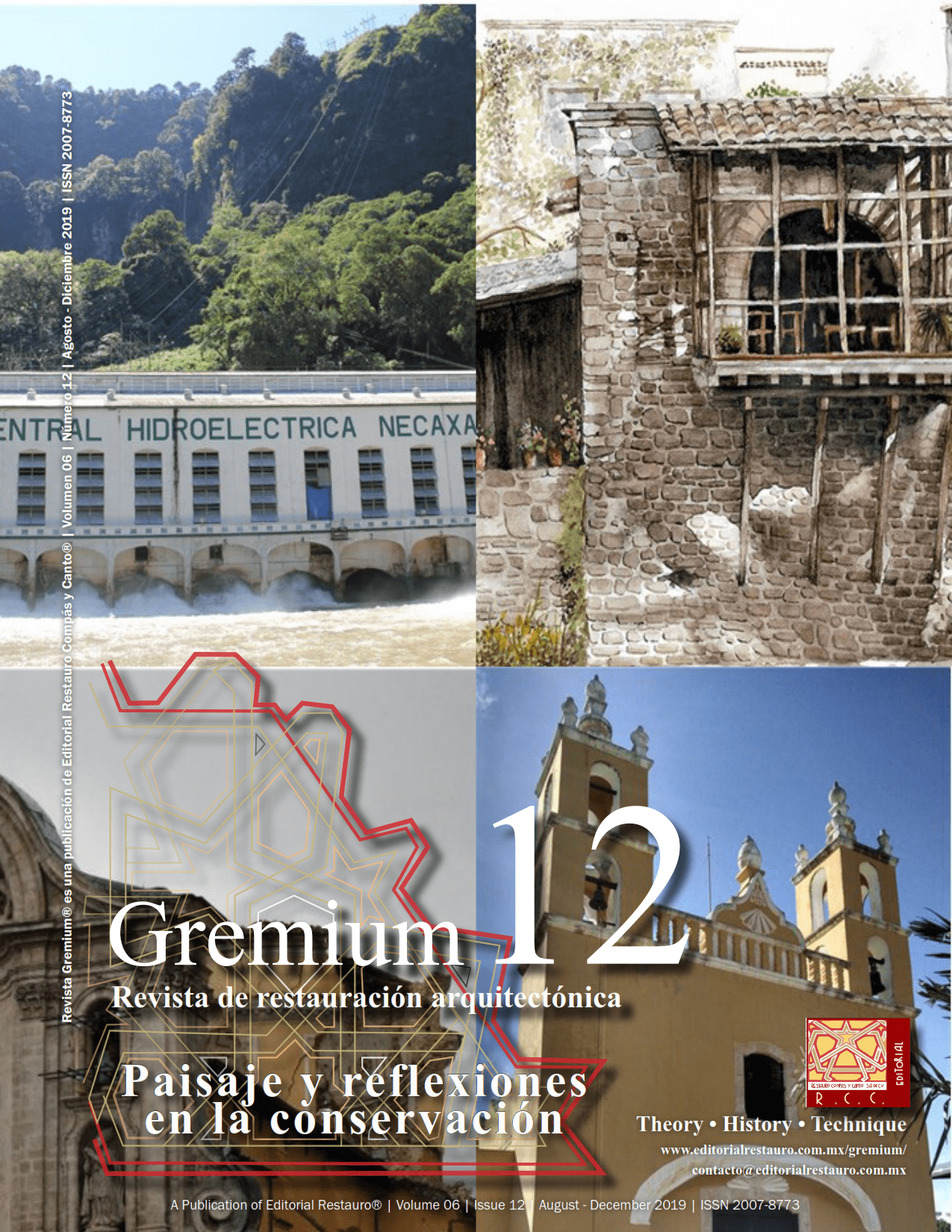Parametric design in the restoration project
DOI:
https://doi.org/10.56039/rgn12a08Keywords:
design, algorithm, project, restoration, reconstructionAbstract
The objective of this article is to present the use of parametric design in the development of restoration projects. Parametric design is a contemporary technique that has influenced diverse disciplines including architecture. It is a design process that consists of establishing the properties of the object through the use of algorithms. Being a useful technique for the deduction of geometric objects, how can the parametric design be implemented in the restoration project? Related to the philosophy of restoration, the parametric design can be adapted to the restoration by analogy or contrast, because it is possible to reproduce in a deductive way the same form of a previously existing object, but in turn, the object can be modified using parameters, achieving the difference between its new part and its original part. It allows to consider safety factors to achieve a stable construction. The reconstruction of the cupola of Ex-Oratory of San Filippo de Neri, located in Bologna, Italy, was analyzed. An algorithm was developed, for represents a similar restoration proposal. For the elaboration of the algorithm it was defined a set of finite variables related to the geometric development of domes, starting from a geometric conceptualization, logical mathematical concepts were used to determine the necessary steps in the generation of the form. This technique can be replicated in the reproduction of forms of architectural elements, using data obtained from historical records such as chronicles, diagrams, sketches and plans, or by geometric deduction from observation and direct recording.
Downloads
Downloads
Published
Issue
Section
License

This work is licensed under a Creative Commons Attribution-NonCommercial-ShareAlike 4.0 International License.























